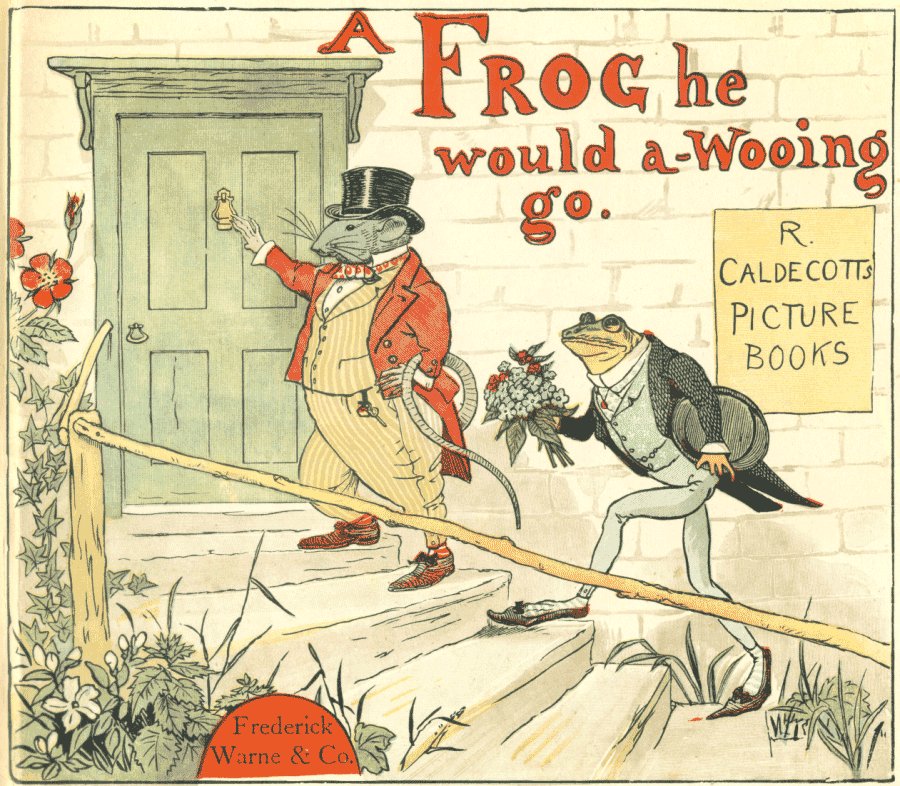Last night, I received the final feedback about Eleanor from my editor!
To commemorate the experience, I thought I would share some of the lessons I have learned from editing (and being edited!) with you all…
Clarify time transitions at the beginning of the chapter.
Pacing was one of my top concerns when I submitted the manuscript of Eleanor to my editor, Ms. Aja Pollock. Because my story follows its namesake character from 3 months old to 17 years old, I had to cover a lot of time. Unfortunately, I couldn’t hold Eleanor’s hand through each day of her life; I had to jump from significant moment to significant moment.
At first, I just made the jumps and then, somewhere in the middle of the action, denoted that “six-year-old Eleanor tiptoed through the room” or “eleven-year-old Eleanor hesitated at the doorway.” It was pretty jarring. Readers had to reset their perception of the main character, right in the middle of a scene!
Aja suggested that I devote some space at the beginning of each chapter to clarifying the passage of time. So, at the beginning of the chapter, I might write that “three full sets of seasons had drifted around the Isle of Wall, drifted so peacefully as to almost lull time to sleep” or “four days had passed since Eleanor submitted her request for a harp; she had heard not a peep back.” A clear, upfront explanation of time reduces the effort that readers have to make to keep up and allows them to focus on more meaningful changes in characterization.
Other time related hints:
- If you skip forward a few hours, or even a few days, within a chapter, put a break between the paragraphs with some artsy little flowers or curls.
- If you want to give readers a quick reference point, include the date or your character’s age in your chapter title.

Be careful with “he’d” and “he’d.”
This may seem nitpicky, but hey! Editors are paid to nitpick!
The abbreviated forms of “would” and “had” are the same, yet they convey a very different meaning. “He would go to the store” is very different than “he had been to the store” but “he’d go to the store” and “he’d been to the store” sound very similar.
Of course, you can un-riddle the meaning by squinting at the second verb. If you see a past participle (been) instead of a simple present tense verb (go), then you know the writer means “had” instead of “would.”
But who wants to squint at past participles?
To avoid confusion, write out “would” and “had” rather than abbreviating them.
Other grammatical hints:
- Use a style sheet to keep track of your grammatical decisions. In many instances, grammar is about choice. For example, in Eleanor, might editor noted that I used both “shined” and “shone” as the past tense of “shine.” Either choice is okay, but it’s important to be consistent throughout your writing.

Don’t over-emote.
This is a piece of advice I frequently give to my clients (for whom I have had the pleasure of serving as an editor!) There is no point in a character “smiling happily” or “sighing sadly.”
For that matter, if you can reasonably expect a reader to be able to extrapolate your character’s emotion, given the situation, don’t attach adjectives to your gestures. If a doting mother is smiling at her son, she doesn’t need to “smile tenderly.”
BUT if your character is having an atypical reaction to a situation, you might want to use adjectives to clarify their expression. For example, if that doting mother doesn’t really understand her son, it could be interesting to say that she “gave a perplexed smile.”
Other emotion related tips:
- Try to limit yourself to just a few gestures per conversation. It gets cumbersome to have a body cue attached to each snippet of dialogue and taxes the reader’s analytical faculties.
In trying to make characters universal, you risk making them two-dimensional.
Credit for this nugget of wisdom goes to my editor, Aja. I was stressing about the ability of readers to relate to my title character, Eleanor, who really pushes the boundary of believable devotion. I felt like I had to make her experience the same quibbles that we all do about our childhood convictions, as we grow up.
Aja brought me great relief by re-assuring me that not only do your characters not have to be universal, being universal can actually make them boring.
Sure, Eleanor is a little bit whacky in her obsession with childhood fantasies—and that whackiness might impede the ability of some reader’s to sympathize with her.
But when I tried to normalize Eleanor, I felt like I didn’t even know who she was anymore. I would much rather have my readers know my characters than sympathize with them.
Other characterization hint:
- Make sure that each of your characters has a recognizable voice in your dialogue. Ideally, I should be able to guess who said what even without having to look at the taglines “Eleanor whispered,” “Maggie retorted,” “Theo replied.”

You really will want to fight with your editor over something.
For some reason, I went into the editing process with the idea that I would be totally cool with any changes my editor suggested.
Not so.
You are more attached to your work than you realize. You are more entrenched in your right to take artistic license with em dashes than you realize. You are more stuck on that aimless little vignette, wherein a nanny reminisces over braiding her hair with her friends, than you realize.
“Murdering your darlings” really is hard. But resist the temptation to wave every comment your editor makes away. If you can’t accept some changes, there’s no point in having an editor.
Other editor relationship hints?
- Before hiring an editor, ask your editor how many projects they’ll be working on at the same time as yours. The fewer projects they have, the more attention they can give to you.
- If you have the chance to edit someone’s book, make sure you point out specific things they do well, at the same time that you deliver criticism. A spoonful of sugar helps the medicine go down!
Stargazer lilies (not tiger lilies) have pink freckles.
If you’ve glossed over any fact-checking, you can expect your editor to call you out on it. In Eleanor, Aja informed me that 1) stargazer lilies (not tiger lilies) have pink freckles; 2) trench foot is called by cold and damp, not fungal infection; 3) fabric is made on a loom, not a spinning wheel; 4) the first Polaroid camera wasn’t invented until 1948…
I would never want to go up against her in a game of trivia.
If you’re self-editing your book, make sure you do a thorough job of checking your own facts. Fact-checking is one of the services that sets professional editing apart from amateur editing.



Thanks for sharing! Hope you find the information helpful!
LikeLike
Excellent advice.
LikeLike
Thanks Peggy!
LikeLike
Very helpful insights! Sounds like your editor is a great teammate.
LikeLiked by 1 person
Thank you, Rachel! Aja has definitely been an asset.
LikeLike
I didn’t know people who were editing were looking at all these little details. It’s a good insight and very interesting for people who don’t know that world !
LikeLike
Thanks Gin! I enjoy seeing pieces of of different worlds on your blog as well!
LikeLiked by 1 person
Quite helpful feedback, even if I have to say that it all sounds exhausting 🙂
LikeLike
= D Totally true! It is exhausting 70% of the time and exhilarating the other 30%.
LikeLike
Good insights! I find that much of modern writing is influenced by the media: films, television, and even (to a lesser extent?) video games.
LikeLike
Thank you, Mitch!
I don’t have much exposure to media. I don’t have a TV or anything at home, just piles of books! What influences do you see? You’ve got me curious.
LikeLike
All good points! In terms of how to deliver constructive criticism, I learned a method called the compliment sandwich from my soccer coach wife: Offer a compliment, then the critique, then another compliment. Makes it easier for someone to murder their darlings–or, you know, simply alter their approach to a fifty-fifty ball. Good luck with Eleanor!!
LikeLiked by 1 person
Thanks for sharing, Kate! I definitely believe in the compliment sandwich (although I lacked your wife’s clever terminology, until reading your comment)!
LikeLike
A spoonful of sugar helps the medicine go down!
Great points. Thank’s for sharing. Best luck with your ‘darling’.
LikeLike